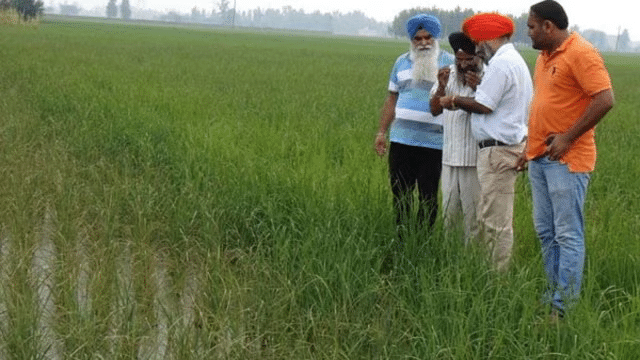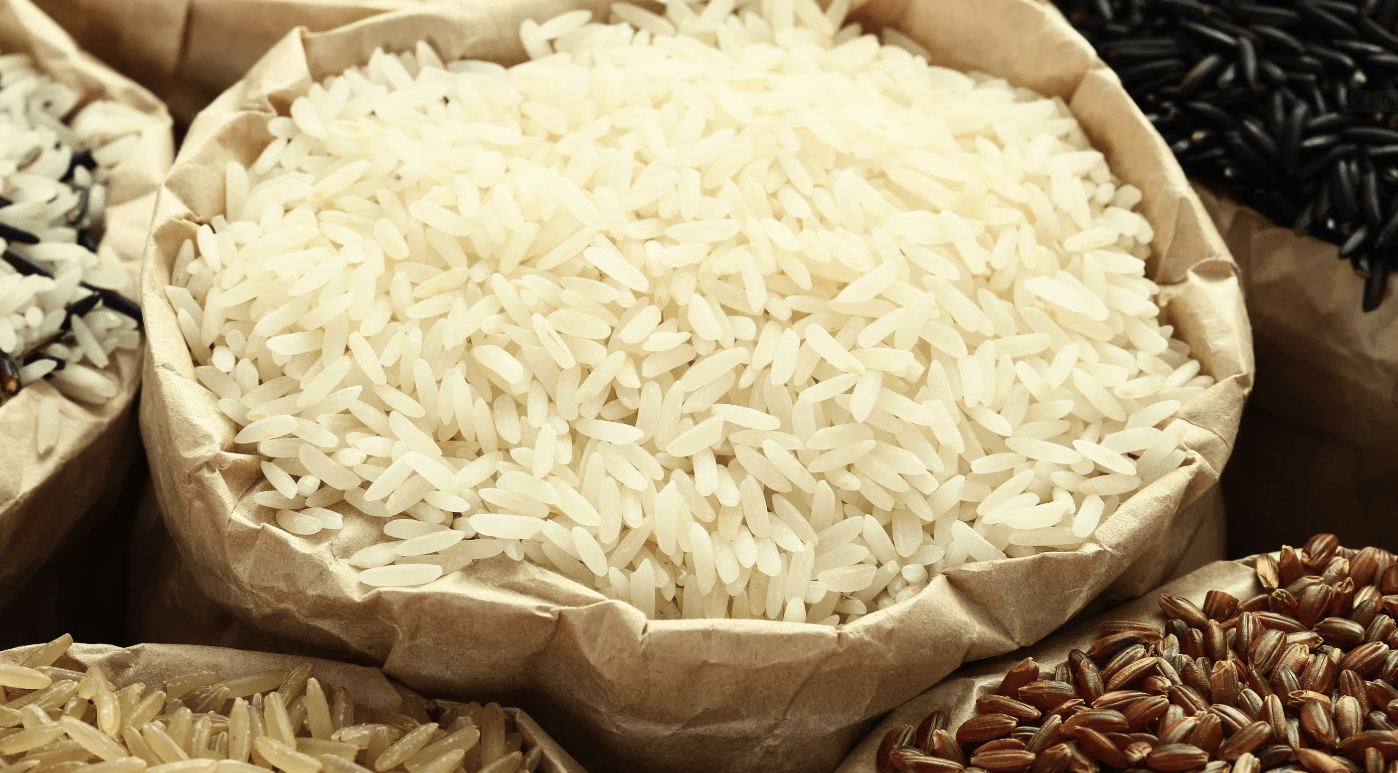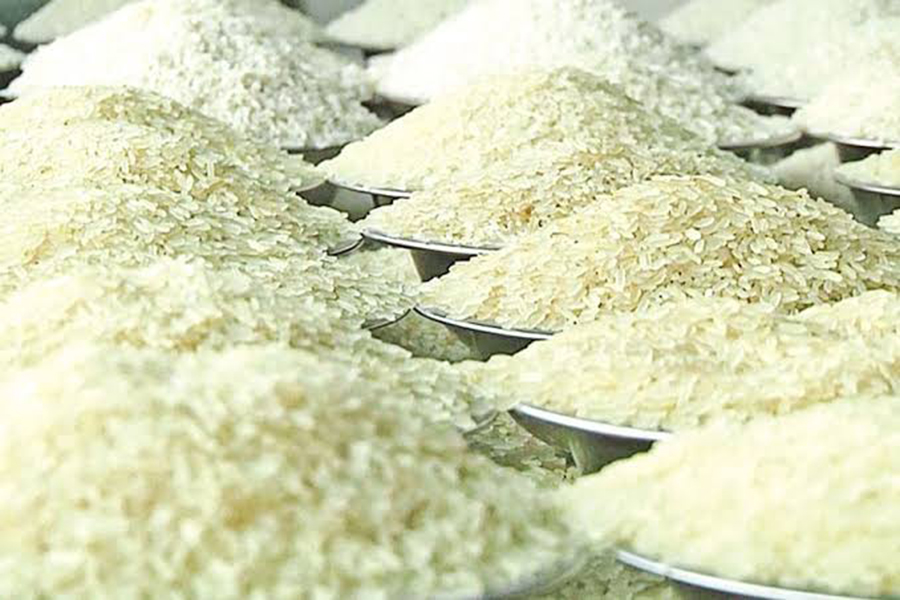Tags
Punjab struggles to meet target of direct seeded rice cultivation as farmers remain apprehensive
The Punjab government has set a target of 7 lakh acres for DSR cultivation, which helps to conserve water resources and mitigate the environmental impact associated with intensive rice farming practices

As of June 17, 2024, only 32,908 hectares (81,282 acres) have been sown across the state, representing around 12 per cent of the targeted DSR. Express archive
The Punjab government is facing significant challenges in reaching its target area of 7 lakh acres (2.83 lakh hectares) for direct seeded rice (DSR) cultivation. Current figures are falling well short of expectations and represent less than 10 per cent of the anticipated total paddy cultivation area.
As of June 17, 2024, only 32,908 hectares (81,282 acres) have been sown across the state, representing around 12 per cent of the targeted DSR. The government permitted paddy sowing using DSR techniques from May 15 onwards, though traditionally, the first half of June is considered optimal for DSR cultivation. For Basmati rice, which is typically sown about a month later than regular paddy, the DSR technique can be used until June 30.
According to experts, DSR saves around 15 to 20 per cent of water, and it does not require labour and paddy nursery as seeds are sown directly. The first irrigation is done after 21 days, and it takes around 17 to 18 irrigations. In the traditional method, paddy nursery is grown for 25 to 30 days. Old seedlings are transplanted in the puddle field. Then, the crop is kept in the flood water for around four to five weeks. Paddy with flood irrigation takes 25 to 27 irrigation.
The details procured from the Punjab Agriculture Department in Chandigarh revealed that Muktsar leads with a substantial 12,800 hectares (31,616 acres) sown to date followed by Fazilka with 5,962 hectares (14,726 acres), Amritsar 4,728 hectares (11,678 acres), Patiala 3,600 hectares (8,892 acres), Firozpur 1,057 hectares (2,611 acres).
Conversely, several districts are notably behind in DSR cultivation, including SAS Nagar, which reported 82 hectares (202 acres); Roop Nagar, which reported 60 hectares (148 acres); and Pathankot, which reported 42 hectares (104 acres) only.
Apart from this, Tarn Taran reported 864 hectares (2,134 acres), Bathinda 700 hectares (1,729 acres), Faridkot 450 hectares (1,111 acres), Ludhiana 394 hectares (973 acres), Barnala 325 hectares (802 acres), Sangrur 304 hectares (751 acres), Gurdaspur and Moga 275 hectares (679 acres), each, Mansa 207 hectares (511 acres) and Jalandhar 200 hectares (494 acres), Fatehgarh Sahib 183 hectares (452 acres), SBS Nagar 150 hectares (370 acres), Kapurthala 130 hectares (321 acres), and Hoshiarpur 120 hectares (286 acres).
The disparity underscores the uneven progress in promoting DSR as an alternative to traditional paddy cultivation methods. The shift to DSR is pivotal in conserving water resources and mitigating the environmental impact associated with intensive rice farming practices.
In Punjab, around 32 lakh hectares of area come under rice cultivation, including around 6 lakh hectares under Basmati and the remaining nearly 26 lakh hectares under Basmati paddy crops.
Efforts to ramp up DSR cultivation remain crucial as Punjab grapples with sustainable agricultural practices amidst mounting water scarcity concerns. The state government advocates and incentivises farmers to adopt DSR to achieve broader agricultural sustainability goals.
This year, an incentive of Rs.1500 per acre has also been announced for adopting DSR. In previous years, Punjab saw varying extents of DSR cultivation: 1.73 lakh acres in 2023, 1.71 lakh acres in 2022, and 1.53 lakh acres in 2020. However, in 2021, the area under DSR increased dramatically to 5.62 lakh hectares (13.88 lakh acres), as reported by the Agriculture Department.
Sources within the department, however, cast doubt on this data, citing that many farmers were coerced into adopting DSR without adequate information about their soil quality—light-textured soils, in particular, are unsuitable for DSR.
Consequently, numerous farmers reverted to traditional puddling methods for paddy transplantation in the same year, resulting in a significant reduction in the actual area under DSR. Regrettably, according to government insiders, these figures were not subsequently updated.
A senior officer in the Punjab agriculture department, requesting anonymity, said they have huge targets, but farmers are not ready to adopt on a large scale as they are always apprehensive about its success and yield.
The director of the Punjab Agriculture Department, Jaswant Singh, said the actual area under DSR can be calculated by the end of this month.
https://indianexpress.com/article/cities/chandigarh/punjab-direct-seeded-rice-cultivation-farmers-9400138/Published Date: June 18, 2024






